Photo

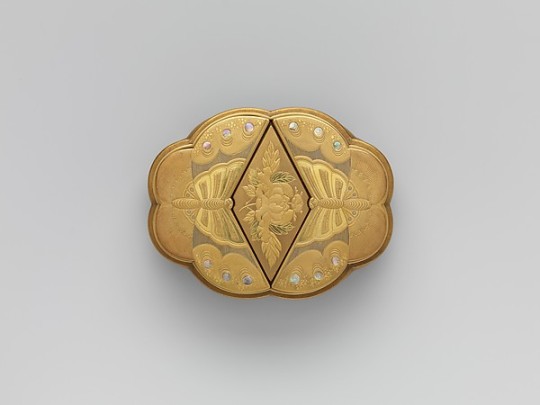

Incense box with Chinese children playing with snowballs
Period: Edo period (1615–1868)
Date: 18th century
Culture: Japan
Medium: Gold, silver togidashi maki-e, hiramaki-e, takamaki-e, cut-out gold foil application, red lacquer, gold foil application on gold ground
Dimensions: H. 2 ¾ in. (7 cm); W. 5 in. (12.7 cm); D. 4 in. (10.2 cm)
2K notes
·
View notes
Photo
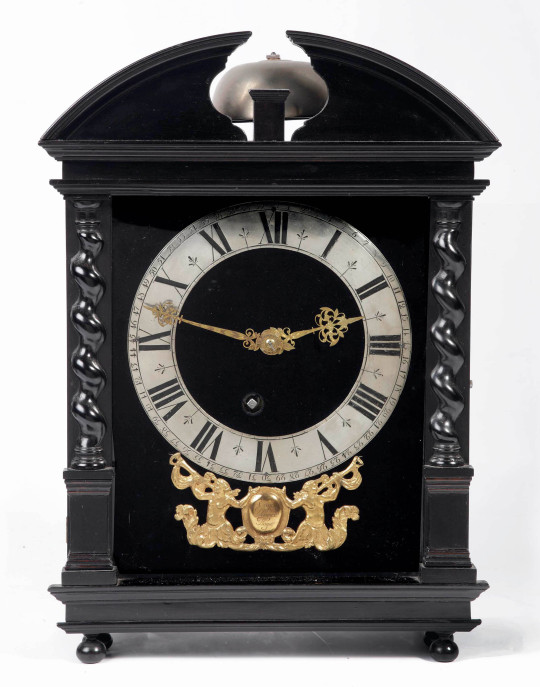
A DUTCH EBONISED AND EBONY STRIKING HAAGSE CLOCK
JEAN VERROUX | THE HAGUE, circa 1685-90
“The case of typical form, with a moulded broken arched pendiment surmounting a glazed door, flanked by spiral pillars, with glazed side panels above a moulded base plinth raised on six ball feet, the interior with star marquetry inlaid back panel, the hinged velvet covered dial with silver engraved chapter ring, with pierced and foliate engraved hands, a hinged cast ornament below with mermaids flanking an oval signature plaque, signed Jean Verroux Hagae, covering a hole in the dial to start the pendulum, the similarly signed four baluster pillar brass movement driven by a single barrel with double action, with verge escapement and silk suspended pendulum, foliate pierced and engraved outer countwheel hour striking on a bell, with foliate pierced striking gates; pendulum, winding key.” [CHRISTIE’S]
[41.5 x 30 cm.]
178 notes
·
View notes
Photo
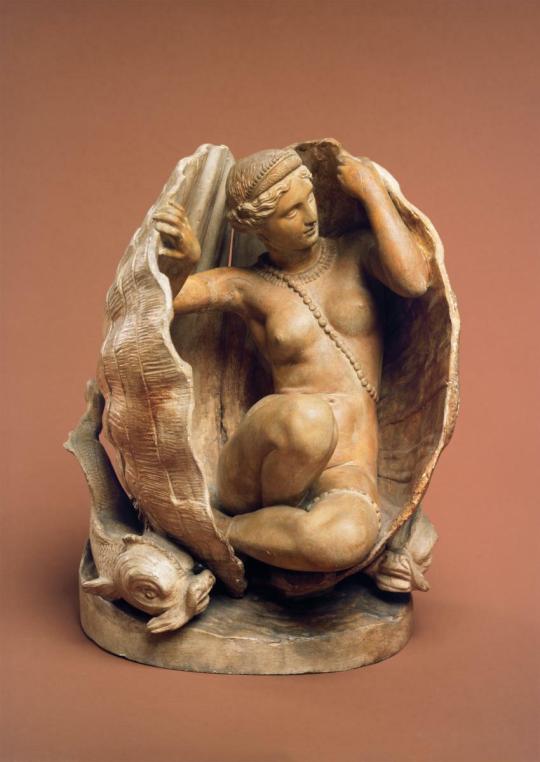
James Pradier, 1790-1852 and Salvator Marchi, active Paris 19th Century
Vénus à la coquille, 1844, plâtre patiné, 23.5x15.5x16 cm
Musée d'Art et d'Histoire, Ville de Genève, Inv. 1910-0227
4K notes
·
View notes
Photo

Medicine case (inro) with design of “eight bridges” (yatsuhashi). Reddish-buff clay; pigments, enamels under transparent lead glaze. Mid-19th century, Japan, by artist
Miura Ken’ya. Gift of Stanley D. Fishman. Freer Gallery of Art and Arthur M. Sackler Gallery
653 notes
·
View notes
Photo
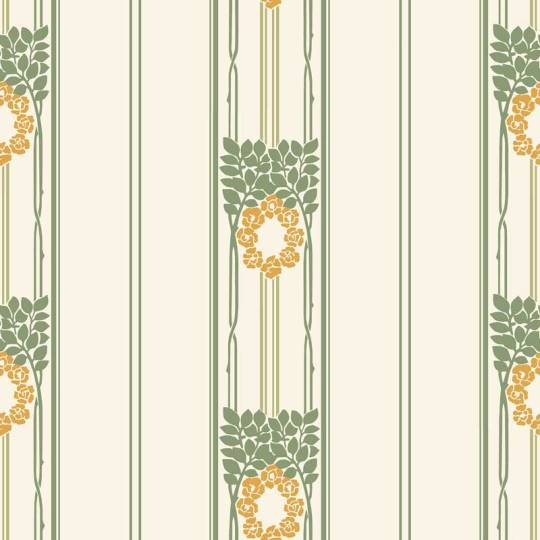

“Ramsjö” reproduction Art Nouveau wallpaper by Duro
The vintage sample that Ramsjö is based on comes from Ramjsö in Ljusdal. The original paper was was produced in 1910-1920 from a Viennese Art Nouveau design.
This pattern is an example of how the Art Nouveau style changed the look of wallpapers in the early twentieth century. Art and culture trends from Vienna led to designs becoming more simplified than before. This paper still features the common motif of plants striving upwards, but these are more stylised in their design. The flowers became part of the ornamentation, the stalks becoming straight parallel lines.
#wallpaper#print#pattern#swedish design#duro#art nouveau#20th century#viennese design#austrian design
179 notes
·
View notes
Photo

Russian Neo Classic Bronze Gueridon
An unusual Russin Neo-Classic style bronze Gueridon with an ormolu pierced bronze gallery, a transparent cobalt glass circular table top, with a patented bronze scrolling legs centered by an ormolu bronze acanthus and acorn stretcher. 20th century.
#russian design#10th century#neoclassical#empire style#metalwork#table#plant stand#side table#gueridon
96 notes
·
View notes
Photo
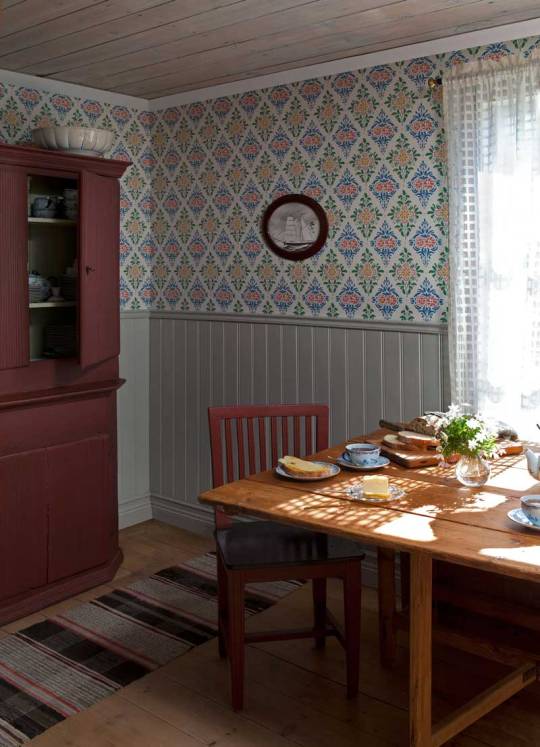
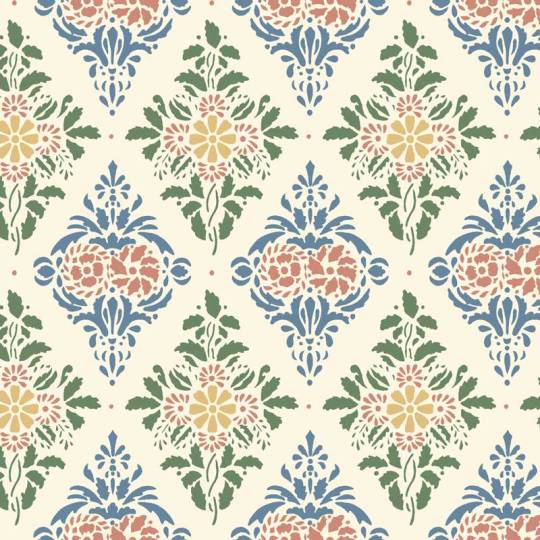
“Gästgivars” reproduction 19th century wallpaper by Duro
Painter Jonas Wallström was born in Arbrå, Hälsingland in 1798. He lived in the parish of his birth his entire life (he died in 1862) and decorated numerous rooms in his home district, including at the Gästgifvars farm in Vallsta. The inspiration for this wallpaper came from there. Wallström enjoyed working with stencils, as depicted here, and using clean, clear colour scales.
#duro#wallpaper#pattern#print#19th century#stencil#jonas wallström#swedish design#provincial design#traditional style
102 notes
·
View notes
Photo

Blue Dresmer tea service by Wallendorf Porcelain
154 notes
·
View notes
Photo

Maker: David Roentgen (German, Herrnhaag 1743–1807 Wiesbaden, master 1780). Date: ca. 1780. Culture: German, Neuwied am Rhein. The Roentgen manufactory was particularly well known for its rolltop writing desks with four, six, or even eight legs, distinguished in the 1770s by the accomplished marquetry á la mosaïque (also known as “painting in wood”) and gilt-bronze mounts that decorated their exteriors.
80 notes
·
View notes
Photo

T.H. Robsjohn-Gibbings
Klismos (chairs), pair, with Saridis of Athens
United Kingdom / Greece, designed 1961 /produced c. 1990
olive wood, leather
57 notes
·
View notes
Photo
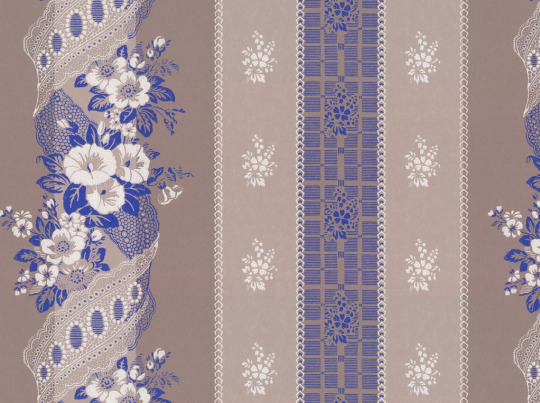
Felice Eleonore reproduction 19th century wallpaper, Lim & Handtryck
“I’ve finally found the wallpaper for Felice Eleonore’s bedroom!” wrote Norwegian violinist Ole Bull to his family in Bergen, Norway. The letter was sent from Paris in the early 1860s, and is assumed to be referring to this wallpaper with its flower and lace garlands. The same pattern has also been found in Koster and the Kalmar region. It is judged to have originated around the 1840s.
121 notes
·
View notes
Photo
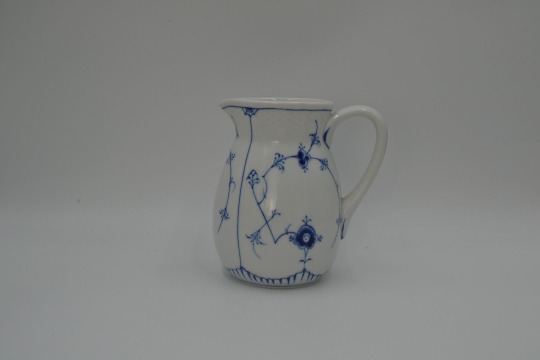
Bing & Grøndahl (now Royal Copenhagen) Blue Painted/Blue Fluted hotel pitcher Nr. 1045
75 notes
·
View notes
Photo
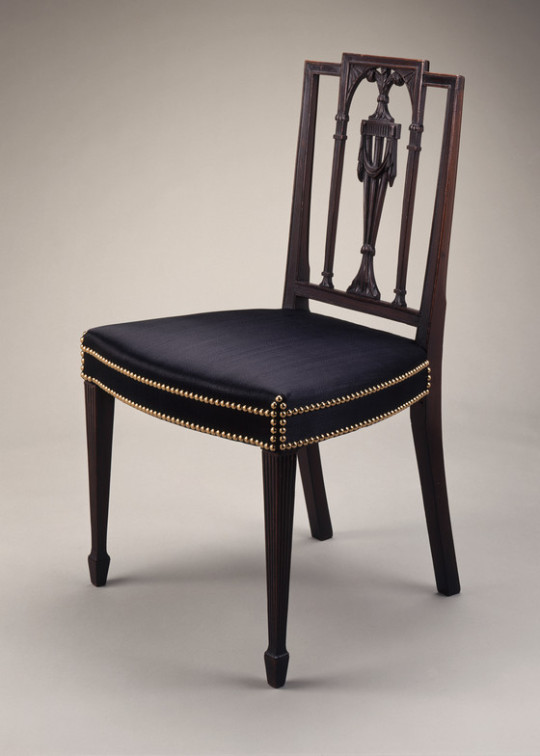
Square Black Side Chair with Carved Urn
United States, New York, New York, 1790-1800
162 notes
·
View notes
Photo
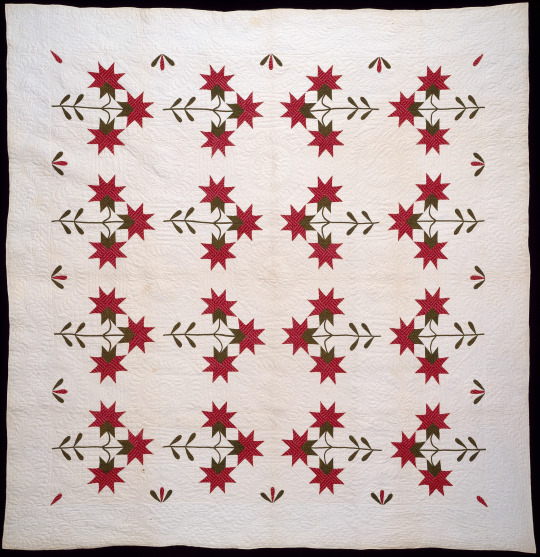
North Carolina Lily Quilt (United States, circa 1850).
Image and text information courtesy Art Institute Chicago.
512 notes
·
View notes
Text

Fabergé
287 notes
·
View notes
Photo
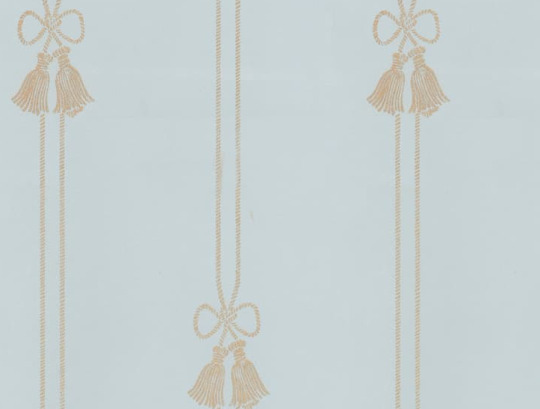

“Snoddar & Tofsar” reproduction wallpaper by Lim & Handtryck
The original for Snoddar & Tofsar was found in a building from around 1920 in Nora. Stripes and patterns incorporating cords and bows were used enthusiastically around the years 1910-30, when a cultural nostalgia for the 1700s was popular and many elements of decor from that time reappeared.
45 notes
·
View notes
Photo
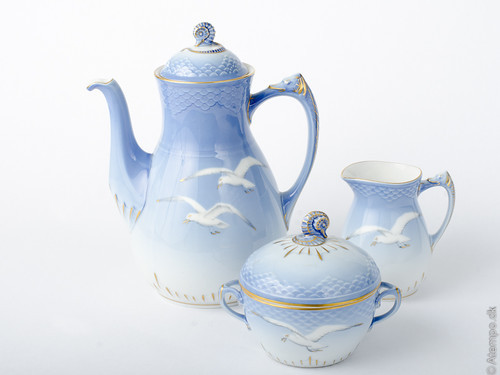
A coffee pot, creamer, and sugar bowl from the Seagull dinnerware line designed by Fanny Garde of Bing & Grøndahl, Denmark, in 1895
1K notes
·
View notes